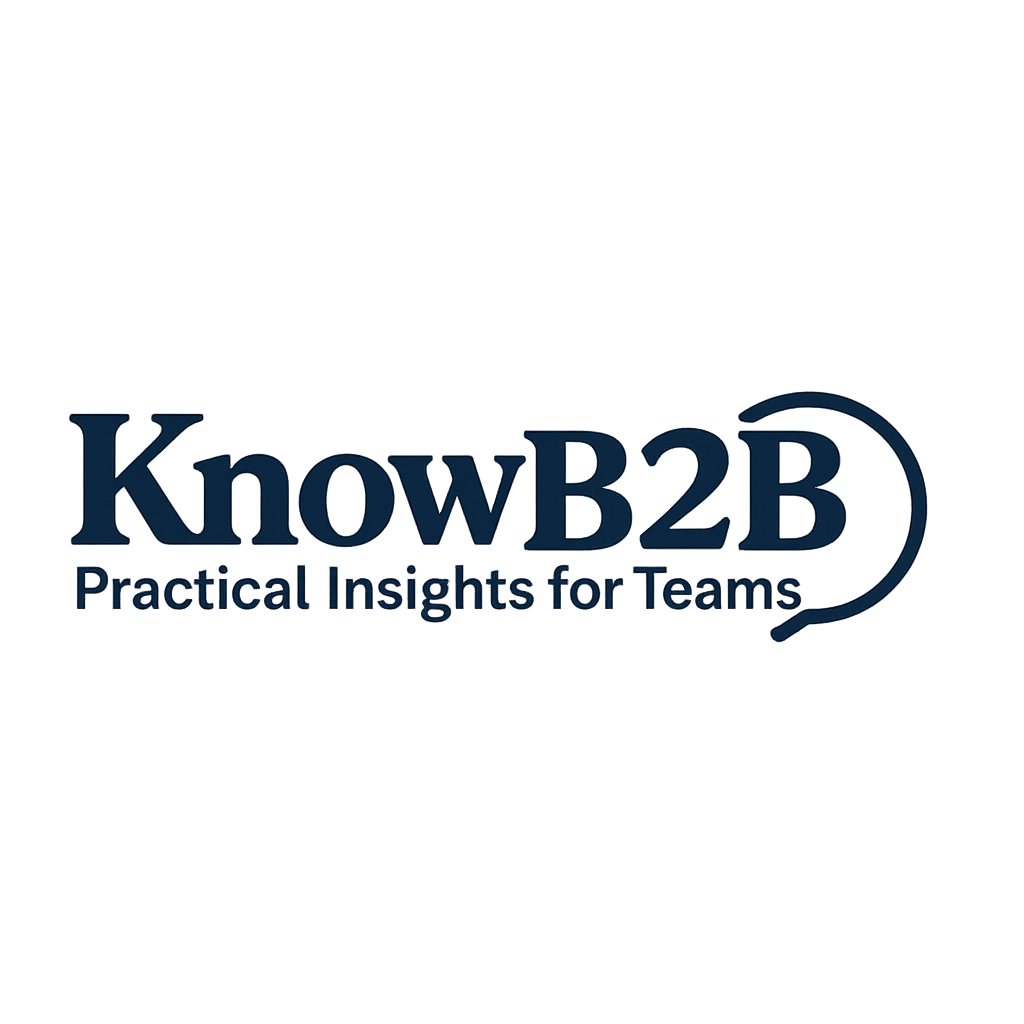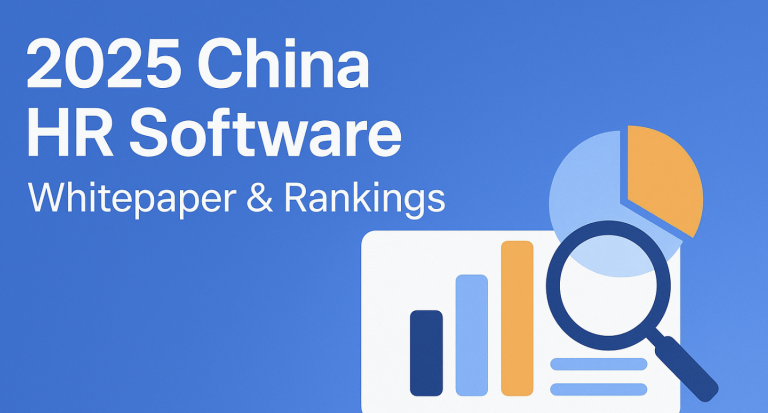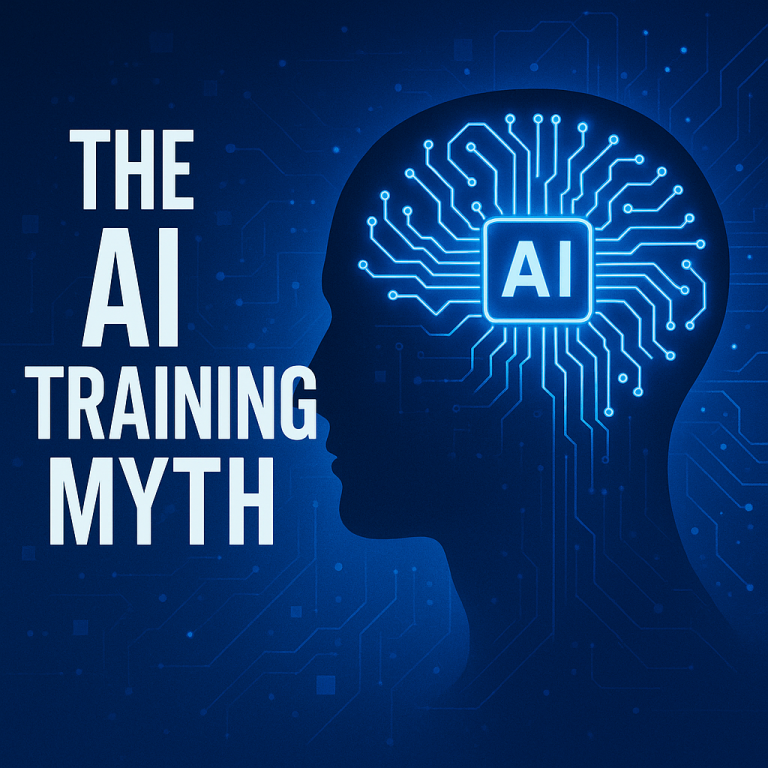Introduction
Organizational diagnostic models have long helped businesses align structure, operations, and strategy. In the past, organizational redesigns occurred sporadically, often every few years. However, with the rapid pace of technological shifts, market pressures, and evolving work paradigms, change is now continuous. The most effective organizations no longer view redesign as a one-time event but as an ongoing process. Choosing the right diagnostic model is essential to guide these transformations effectively.
What Is Organizational Diagnosis?
Organizational diagnosis refers to how a company structures itself to execute its strategic plans and achieve its goals. The ideal diagnostic approach depends on the organization’s unique strategy.
The objective is to create a structure that enables:
- Strategic execution aligned with external environments
- Consideration of internal strengths, weaknesses, capabilities, and leadership styles
There is no one-size-fits-all method. Each organization has distinct goals, culture, and constraints, making it rare for copying another’s structure to yield lasting results. Diagnosis is less about following a fixed formula and more about using frameworks to guide thinking and customize solutions.
Purpose of Organizational Diagnostic Models
These models help organizations:
- Diagnose their current state
- Visualize a successful future state
- Establish identity: goals, values, and culture
In essence, they are tools for diagnosis, planning, and alignment. They enable leaders to make informed decisions about how work, roles, and relationships should be structured to support strategic objectives.
With shorter cycles between changes and greater transformation scales, leading organizations adopt adaptive structures, fluid teams, and design models that embrace agility over rigidity. Organizational diagnostic models offer a way to navigate complexity, support strategic decision-making, and drive continuous change.
10 Key Organizational Diagnostic Models
McKinsey 7S Model
This popular model evaluates effectiveness through the interaction of seven elements:
- Hard elements: Strategy (competitive positioning), Structure (hierarchy and reporting), Systems (processes and workflows)
- Soft elements: Skills (competencies), Staff (people and capabilities), Style (leadership behavior), Shared Values (organizational culture at the core)
These elements are interdependent; change in one affects the others. A balanced 7S alignment ensures that operational changes are sustainable and culturally integrated.
Pros: Holistic view of organizational alignment.
Cons: May lack specificity for identifying execution issues.
Star Model
Developed by Jay Galbraith, this model centers on five design areas influencing employee behavior:
- Strategy: Direction-setting and competitive advantage
- Structure: Who does what, and how power is distributed
- Processes: Decision rights and communication flow
- Rewards: Incentive systems aligned with performance
- People: Talent development and cultural fit
Each element must align for the organization to perform optimally. It supports the idea that structure alone cannot drive performance—it must be supported by systems and behaviors.
Pros: Emphasizes multiple levers of control.
Cons: Does not explicitly address organizational culture or external environment.
Weisbord’s Six-Box Model
Marvin Weisbord designed this simple yet powerful model to analyze organizational issues through six areas:
- Purpose: Clarity of mission and strategy
- Structure: Division of labor and hierarchy
- Relationships: Coordination and conflict management
- Rewards: Motivation and incentives
- Leadership: Vision and direction-setting
- Helpful mechanisms: Supporting tools and systems
It encourages managers to examine both technical and human aspects of work, making it well-suited for participatory change processes.
Pros: Easy to apply, especially for internal assessments.
Cons: May oversimplify complex organizational issues.
Goold & Campbell’s Framework (Parenting Advantage)
This model focuses on the alignment between corporate parent and business units. It assesses organizational design across:
- Fit drivers: Strategy, corporate structure, people, constraints
- Design tests: Specialization, coordination, knowledge application, control balance, adaptability
It encourages organizations to evaluate whether their structure enhances or hinders performance at different levels.
Pros: Emphasizes strategic and cultural alignment.
Cons: Can be abstract and difficult to quantify.
Change Model (ODC, 1995)
This model recognizes organizations as living systems constantly adapting to their environments. It includes:
- Environment: Regulatory, social, market forces
- Strategy: Value proposition and growth
- Core Processes: Workflows and operations
- Structure: Role clarity and reporting lines
- Systems: Resource allocation and coordination
- Culture: Norms and unwritten rules
- Results: Performance metrics
- Leadership: Direction and accountability
Pros: Focuses on human response to change.
Cons: Does not visualize the interplay of elements.
Congruence Model (Nadler-Tushman)
This model examines how well different organizational elements “fit” together:
- Work: Job tasks and complexity
- People: Skills, motivations, and experiences
- Structure: Hierarchies, formal authority
- Culture: Norms, shared beliefs
The model helps diagnose performance gaps by evaluating how misalignments disrupt communication and productivity.
Pros: Prioritizes alignment across elements.
Cons: Offers little guidance on implementation.
Burke-Litwin Model
This model organizes variables into hierarchical layers of influence:
- External Environment: Drivers of change
- Transformational Factors: Leadership, mission, and culture
- Transactional Factors: Structure, systems, and climate
- Individual Factors: Needs, motivation, and performance
The model shows how changes cascade through the organization and affect performance outcomes.
Pros: Integrates psychological and structural perspectives.
Cons: High complexity may require expert facilitation.
Helix Model (McKinsey)
Designed to solve matrix model issues, Helix separates two accountabilities:
- Value Creators: Focus on delivering outcomes
- Capability Builders: Develop people, systems, and resources
These roles intersect without conflicting, promoting autonomy and faster decision-making.
Pros: Improves speed, clarity, and empowerment.
Cons: Demands a cultural shift and leadership buy-in.
Holonic Model
This decentralized model treats units (holons) as both independent and part of a larger system. It is suitable for:
- Global virtual organizations
- Distributed supply chains
- Agile, tech-driven environments
Each holon optimizes its operations while coordinating with others, enhancing adaptability and responsiveness.
Pros: Scales well for complex ecosystems.
Cons: Difficult to implement without advanced IT and cultural maturity.
Agile Organization Model (Deloitte)
Developed from startup and lean principles, this model encourages:
- Team networks over siloed departments
- Customer-centric missions
- Autonomous decision-making
- Dynamic resourcing
It provides a roadmap for large organizations to become nimble without structural chaos.
Pros: Fosters innovation and continuous learning.
Cons: Transition can be disruptive if poorly managed.
How to Choose the Right Diagnostic Model
- Start with strategy and goals: Anchor your diagnosis in clear organizational priorities.
- Evaluate internal and external forces: Include market, regulatory, and cultural dynamics.
- Plan for current and future needs: Be ready to seize opportunities from change.
- Ensure cultural fit: Diagnosis tools must align with organizational culture.
- Seek compatible methods: Align project management, HR policies, and change strategies.
- Don’t rush: Change, especially cultural, takes time. Start with manageable steps.
Not all models will fit every situation. Let strategic context guide model selection and customization.
Conclusion
Organizational diagnostic models offer powerful frameworks for understanding, planning, and managing change. While no model provides a universal solution, the right one, applied thoughtfully, can enhance alignment, agility, and effectiveness. As change becomes the norm, these models equip leaders with the clarity and confidence to guide their organizations through transformation.


